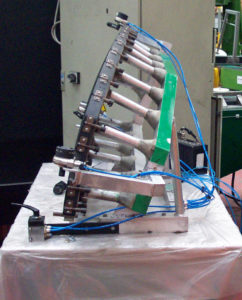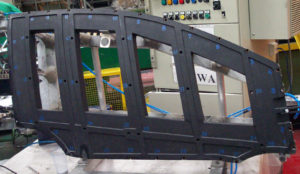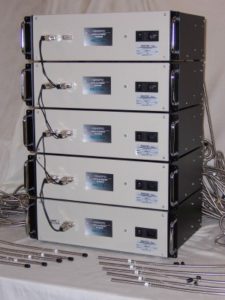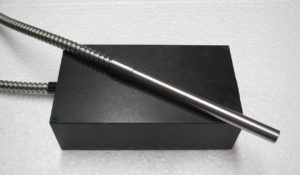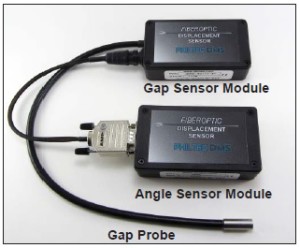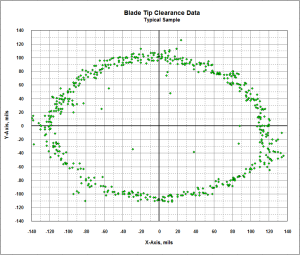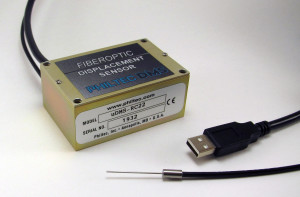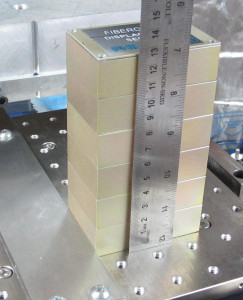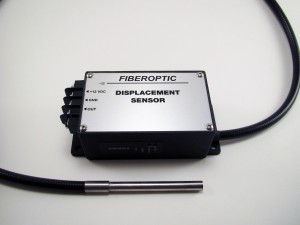There are three options for sealing the leak path thru the fibers under pressure:
1. Epoxy filled tips
2. Sapphire Windows epoxied into tip counterbores
3. Sapphire Windows brazed into tip counterbores
The best solution for an application depends upon several factors such as: the size of the fiber bundle, the dimensions of the probe tip, as well as the amount of applied pressure. Pressure can be static, reciprocating or pulsing. Extreme temperatures can be coupled with high pressures, and the probes could be submerged in oils or cryogenic fluids. Effectiveness of the seal and cost are major considerations. Philtec engineers can assist with the choice and design of the probe.

